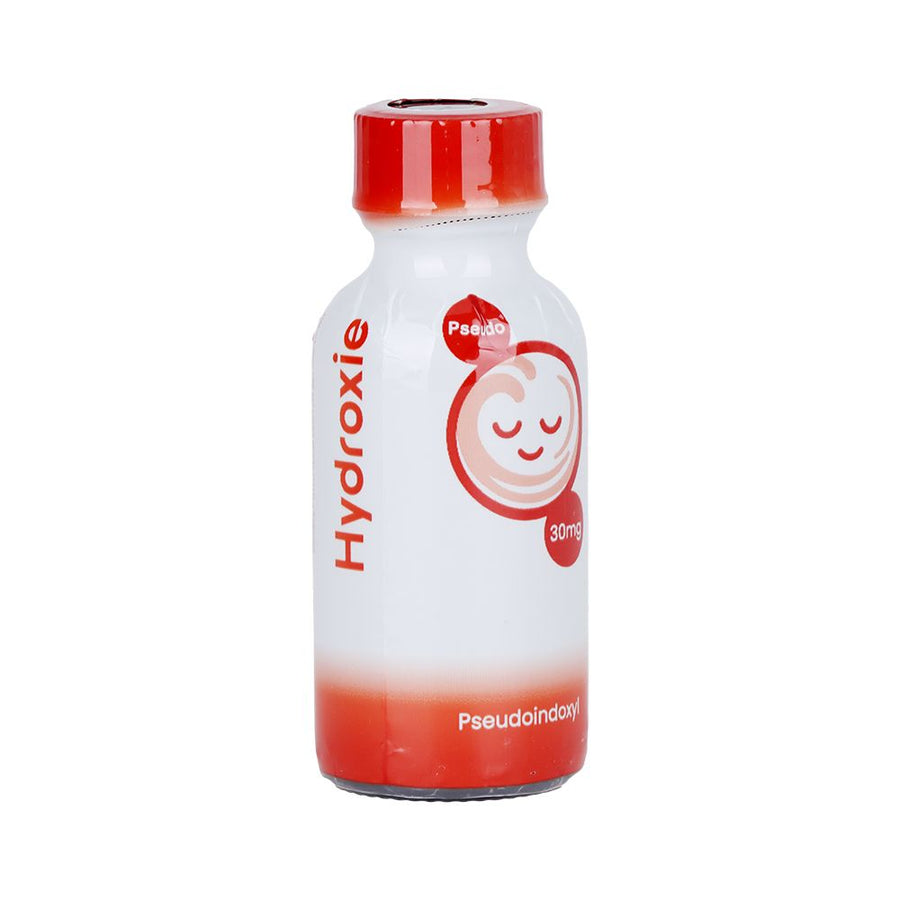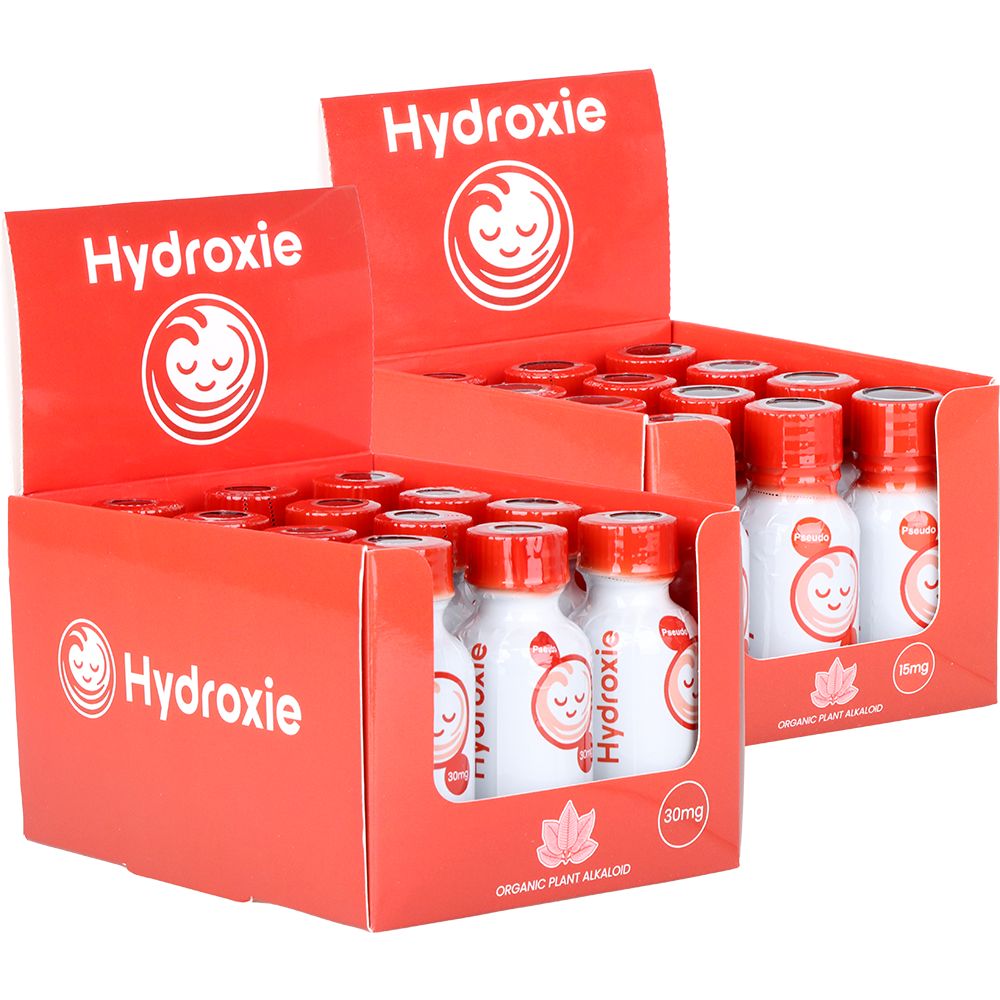Pseudoindoxyl
4 products
🔥 UP TO 50% Off BLACK FRIDAY SALE
🔥 UP TO 50% Off BLACK FRIDAY SALE
Free Shipping 🌿 On Orders Over $100
Free Shipping 🌿 On Orders Over $100
4 products
Pain and stress can make life harder. Pseudoindoxyl offers promising potential in pain relief and mood support. Headshop.com is where compounds like pseudoindoxyl gain attention.
Pseudoindoxyl is a powerful alkaloid that comes from plant sources, including kratom. It interacts with the body in unique ways, especially through certain receptors tied to pain relief and relaxation.
Pseudoindoxyl is a metabolite derived from alkaloids, specifically linked to kratom. It forms as a chemical compound with an indole base structure, marked by its unique molecular design and aromatic properties.
This compound results from the oxidation of mitragynine or 7-hydroxymitragynine during metabolic processes.
The structural arrangement includes an oxygen atom bonded to the indole core. This configuration is key in determining its interaction with opioid receptors like the mu-opioid receptor.
Its synthesis allows researchers to study how natural alkaloids transform into compounds with distinct pharmacological effects, paving the way for understanding its action on pain relief mechanisms and beyond.
Moving forward, examining its pharmacology sheds light on these effects at a receptor level.
Pseudoindoxyl interacts with specific receptors in the brain, influencing pain perception. Its unique pharmacological properties set it apart from traditional analgesics.
This alkaloid acts on the mu opioid receptor, which plays a key role in pain perception. It binds to this receptor with high affinity, producing analgesic effects similar to opioids but without causing severe respiratory depression.
The compound may also reduce hyperalgesia by modulating pain signaling pathways in the nervous system. Unlike traditional opioids, it functions as a biased agonist, activating specific pathways while avoiding others linked to harmful side effects.
Pseudoindoxyl binds to mu opioid receptors, which play a key role in pain relief. It works as a partial agonist at these receptors, meaning it activates them but with less intensity compared to stronger opioids.
Its interaction also limits hyperalgesia, or heightened sensitivity to pain, often caused by traditional opioids. The alkaloid’s unique behavior reduces the risk of dependency while still providing analgesic effects smokers might find beneficial for relaxation or mild discomfort management.
Pseudoindoxyl and 7-Hydroxymitragynine differ in their chemical compositions, impacting how they interact with opioid receptors. These structural variations influence their effects on the body, especially regarding pain relief and receptor affinity.
The molecular structure of pseudoindoxyl differs significantly from 7-hydroxymitragynine. Pseudoindoxyl features an indole backbone, while 7-hydroxymitragynine contains a pyran ring fused to its core structure.
These chemical variances impact how each interacts with receptors in the body.
Pseudoindoxyl is a metabolite derived through specific changes in kratom alkaloids. This transformation removes certain functional groups, resulting in higher potency at opioid receptor sites like the mu-opioid receptor.
Pseudoindoxyl shows unique effects compared to 7-Hydroxymitragynine. It binds strongly to the mu opioid receptor but triggers less respiratory depression. This makes it potentially safer for pain relief.
Unlike conventional opioids, pseudoindoxyl may reduce hyperalgesia over time instead of worsening it.
Its functional activity also interacts differently with brain receptors, leading to varied mood-enhancing properties. Smokers exploring natural options like kratom might find pseudoindoxyl appealing due to these differences in pharmacological behavior and safety profile.
Move on to "Benefits and Potential Effects of Pseudoindoxyl" for deeper insights into its possible uses!
Pseudoindoxyl shows promise as a powerful compound for addressing specific medical needs. It interacts with key receptors, potentially offering significant relief and support.
This compound interacts with the mu opioid receptor, which plays a role in pain relief. It offers analgesic effects without causing extreme respiratory depression linked to traditional opioids.
Smokers experiencing chronic pain may find benefits through its unique pharmacology. By targeting receptors differently, it reduces hyperalgesia, making it effective for managing discomfort while potentially lowering dependency risks.
Pseudoindoxyl interacts with the mu opioid receptor, which can influence mood. This alkaloid acts as a partial agonist and may help regulate emotional responses. Smokers exploring alternatives for relaxation might find it has calming effects without severe sedation.
Its structure allows it to engage receptors tied to dopamine release, potentially uplifting one’s state of mind. The compound could offer benefits similar to Kratom metabolites but with milder euphoric sensations.
Moving forward, its possible role in addressing withdrawal symptoms deserves attention.
Managing opioid withdrawal symptoms is a critical challenge for those dealing with dependency. Pseudoindoxyl interacts with mu opioid receptors in a way that may reduce cravings and alleviate withdrawal discomfort without causing the same addictive effects as traditional opioids.
This unique interaction could provide smokers or users seeking alternatives with a possible tool to manage pain and withdrawal.
Unlike standard opioids, pseudoindoxyl does not significantly trigger respiratory depression or hyperalgesia, making it potentially safer during detoxification. Its ability to modulate receptor activity offers hope for reducing the severity of physical dependency while still providing analgesic benefits.
Researchers actively explore pseudoindoxyl’s therapeutic uses and its safety for potential medical applications.
Pseudoindoxyl shows promise as an alkaloid with analgesic properties. It binds to the mu-opioid receptor, which plays a critical role in pain relief. Smokers exploring natural alternatives for managing discomfort might find this metabolite valuable due to its potent interaction with opioid pathways.
Unlike traditional opioids, pseudoindoxyl reportedly causes less hyperalgesia, lowering risks of increased sensitivity to pain over time.
This compound may also support mental health by enhancing mood and reducing emotional stress. Some studies suggest it could aid in opioid withdrawal treatment by easing symptoms without creating heavy dependency.
Its potential therapeutic value continues to grow as researchers explore more about its safety and efficacy within various applications like chronic pain and anxiety management.
Recent studies have started exploring the safety and efficacy of pseudoindoxyl in pain management. Research highlights its potential as an analgesic with reduced risks compared to traditional opioids.
Scientists observe that it interacts differently at the mu-opioid receptor, showing promise for users seeking alternatives to typical opioid treatments.
Some findings suggest pseudoindoxyl may reduce hyperalgesia caused by prolonged opioid use. Early tests focus on its lower dependency potential and toxicity levels when used responsibly.
Further research aims to confirm these benefits while addressing any long-term effects on overall health.
Its unique interaction with receptors sets it apart from other alkaloids like 7-Hydroxymitragynine. Understanding its benefits and risks can help people use this compound wisely.
Ongoing research could unlock new therapeutic applications for both physical and mental health. Exploring its possibilities might reshape approaches to opioid alternatives and wellness solutions.
Pseudoindoxyl is a chemical compound formed during the breakdown of certain indole derivatives. It plays a role in biological and chemical processes, often studied for its unique structure and properties.
Pseudoindoxyl is commonly identified in biochemical research. It appears as an intermediate in metabolic pathways involving tryptophan derivatives and has applications in studying cellular reactions.
Researchers value pseudoindoxyl for its ability to help understand enzymatic functions, metabolic cycles, and interactions within organic chemistry frameworks.
Its study provides insights into molecular mechanisms, supports drug development efforts, and helps address challenges related to bioactive compounds in medical science.
Vary good only thing I buy and use
My favorite strain for years has been blue dream. It gives me so much more energy and my creativity increases. Thank you!
HAPPY
Bowl is rather large. But price is good & shipping was fast!
Human Grade Standard Flower Bowls
Excellent grinder — smooth operation, and solid construction. Works exactly as expected
No parts. No obstructed curves. Simplicity with out after taste as with metal or wood. Very well satisfied with my purchase and will be purchasing another.
Products true to description
I was skeptical at first but this grinder really does the job. Very little pressure needed compared to the tooth type grinders I have used.
Great purchase will definitely buy again!!!
The Hemper balloon dog is aesthetic enough to decorate a shelf or desk. It percolates well, and it surprisingly nice to hold. The hole you smoke from is on the front of the right ear, which can feel weird at first, but it works in the end. Five stars for coolness, size, and function.
I wanted the Hot Tamales tshirt and got it. Sweet! I love candy. Halloween was yesterday. Lots of candy in my house right now. No Hot Tamales though, bummer. I got hot salsa. Snacks rule. Those Blue Heat Takis rule. We should jam weed in them and smoke it.
Headshop gets 1/5 stars for sneaking a $3 order protection charge (non-opt-in style) to every order. This is unfortunate and I will go back to shopping locally.
NWTN makes good products though. 5 stars to them.
Marble-Colored Stone Pipe 3.5"
Works great! I did have a sticky residue on the plastic grinder I cleaned with this formula but washing with soap and warm water took care of the residue so my grinder was squeaky clean.


Subscribe today and get 10% off your first purchase









